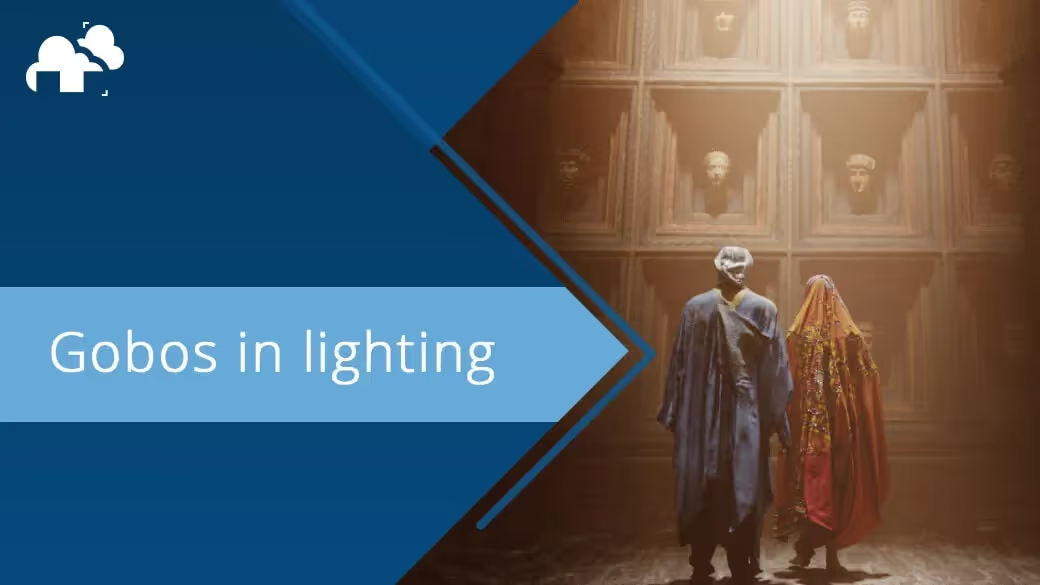
Gobo lights, also known as "go-betweens," are essential elements in lighting design. These are typically small metal or glass patterns placed before a light source to create specific shapes or designs on a surface or stage.
Gobo lights can be used in various settings and situations, including theater, film, television, and events, to add visual interest and depth to a scene. Gobos can also be a powerful technique for 3D rendering, especially because it would be impractical to create assets in a scene that will not be visible in the render. In this article we’ll learn about Gobo lights and how we can use them in our 3D projects.
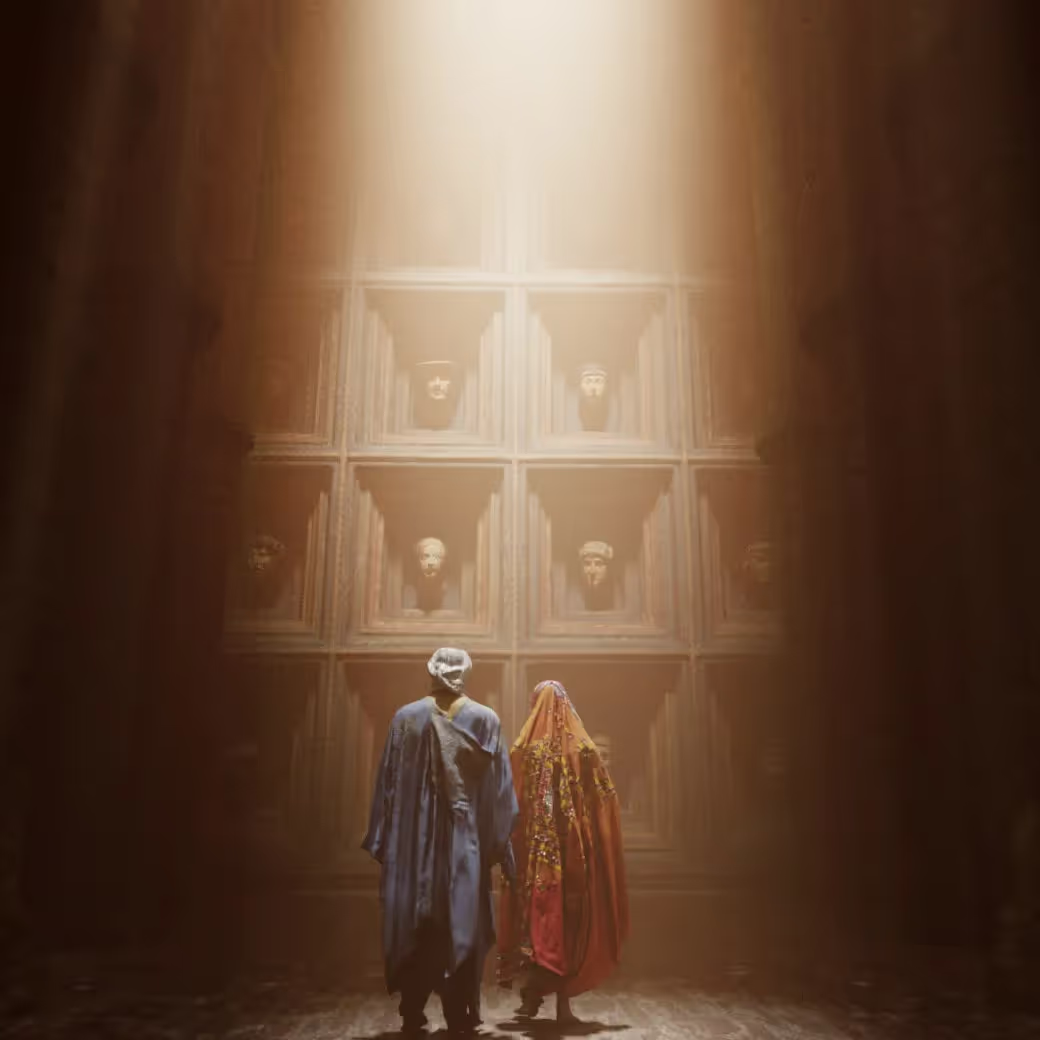
Before we get to it, consider using our render farm if you're working on a 3D project and want to apply Gobo lights to your animated sequences. With powerful hardware and fast turnaround times, we can help you bring your 3D projects to life quickly and cost-effectively. Don't let rendering bottlenecks hold you back – try our online render farm today and see the difference for yourself!
One common use of Gobo lights is to project patterns onto a stage or set to create a specific mood or atmosphere. For example, a Gobo light shaped like tree branches could create the illusion of a forest setting, while a Gobo light with a geometric pattern could give a futuristic feel. We can also use Gobo lights to simulate natural elements, such as sunlight filtering through leaves or the reflections of water on a surface.
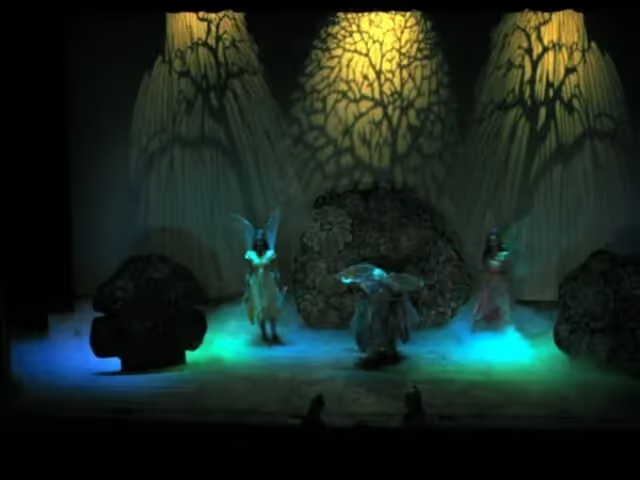
In addition to creating atmosphere, Gobo lights can also add depth and dimension to a stage. By using Gobo lights with a gradient or fading effect, a lighting designer can create the illusion of distance or layers in a scene. This can be particularly effective in creating the illusion of a larger space or a more expansive environment.
Gobo lights are also quick and cheap solutions for practical effects, such as simulating the flickering of a candle or the passing of a car's headlights. These types of Gobo lights are often called "animation Gobo lights," as they create the illusion of movement from elements out of view.
Overall, Gobo lights are a versatile and valuable tool in lighting design. Whether used in physical lighting setups or simulated using texture maps or image planes in 3D rendering, Gobo lights can enhance the visual impact of a production in various ways. They can create atmosphere, add depth and dimension, and create practical effects, all of which can help make a scene more immersive and believable.
In the digital realm of 3D rendering, we can achieve Gobo light effects using texture maps or image planes. Texture maps are digital images applied to the surface of a 3D model to add detail and realism. As with any texture map, we can create Gobo maps by hand-painting, photo-editing, or procedurally generating patterns directly in our 3d software.
When used as a gobo light, we can apply a texture to a light source and project it onto the 3D scene to create a similar effect as a physical gobo light. This allows us 3D artists to easily add complex patterns or textures to our scenes.
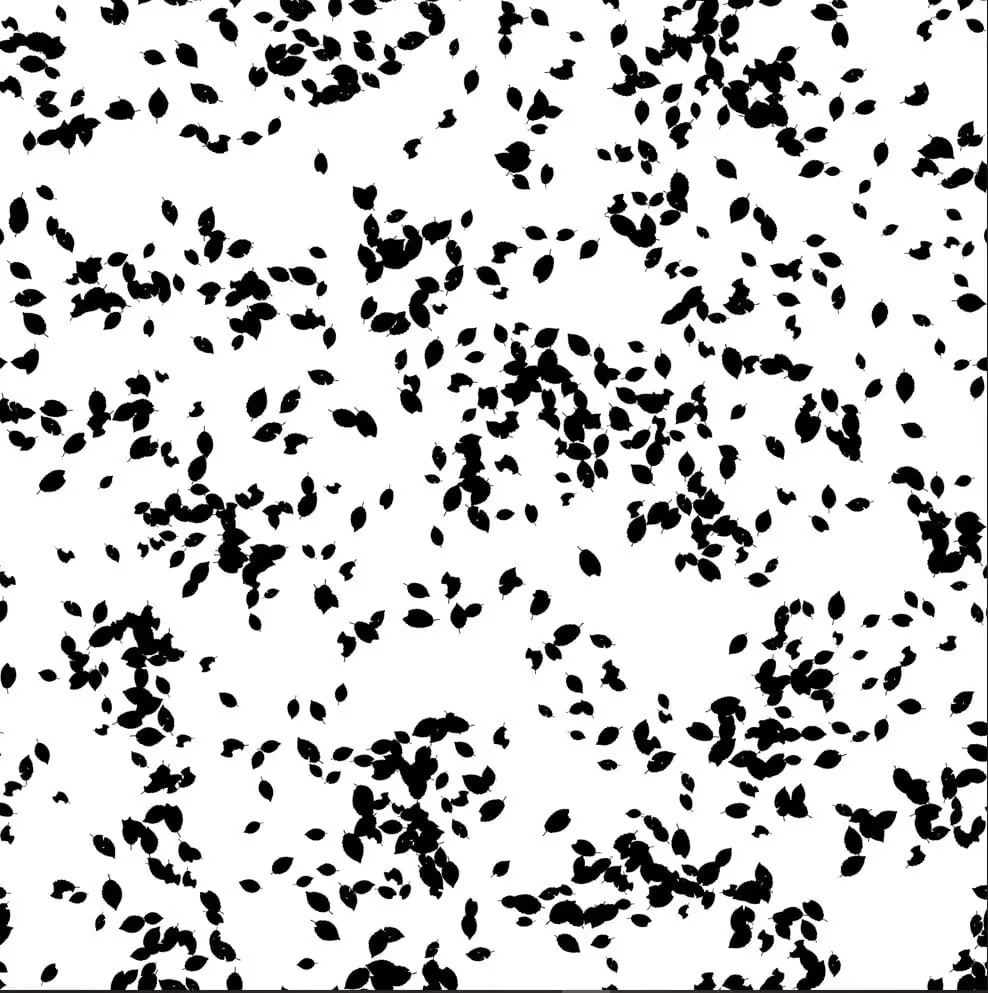
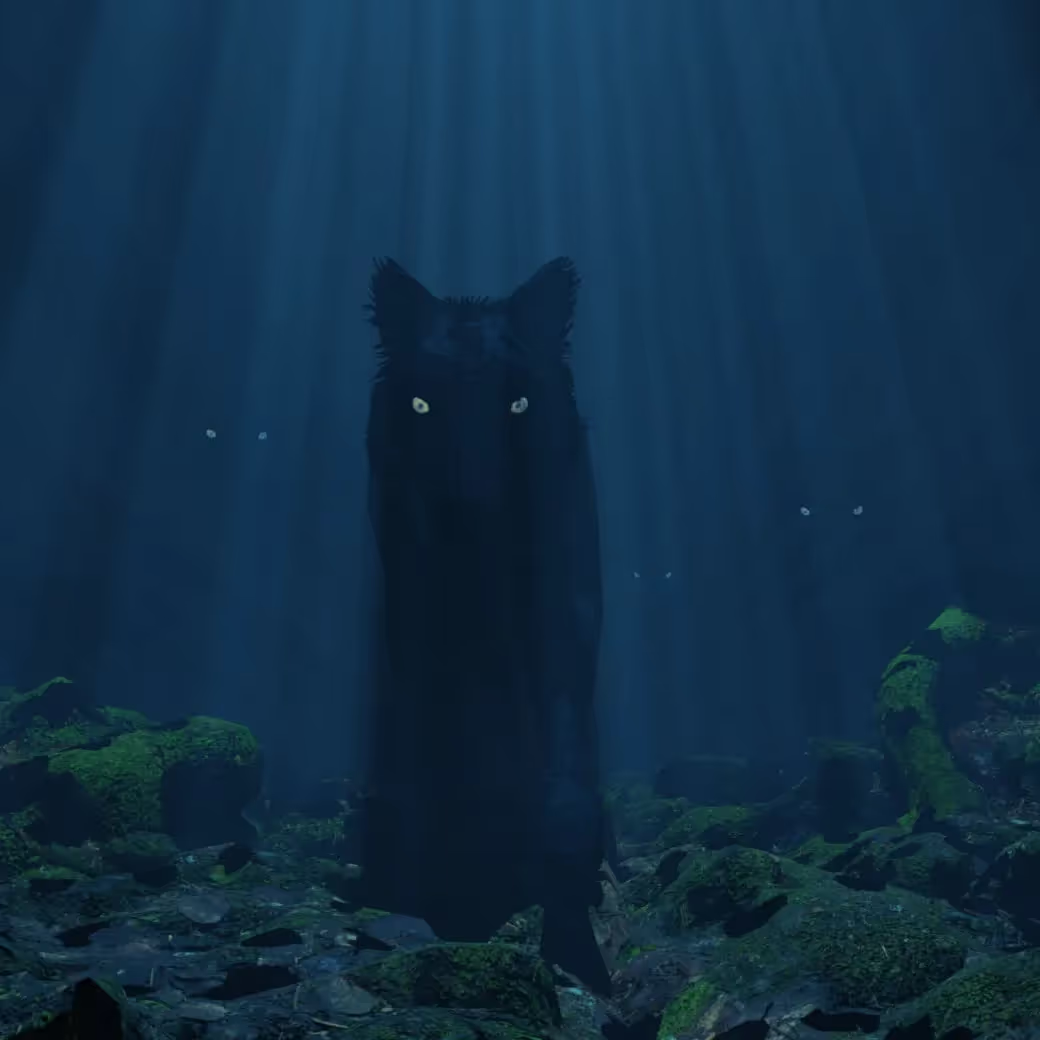
Setting up a Gobo light in Blender is pretty straightforward, but there are a few steps you'll need to follow. First, you need to have at least one object and a spotlight in your scene.
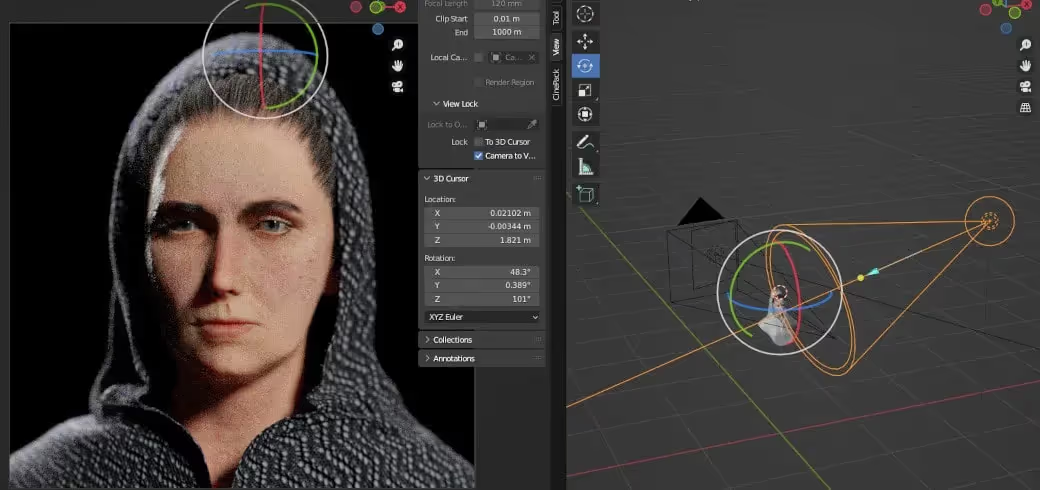
To turn the spotlight into a Gobo light, you'll need to create a texture map to use as the Gobo. You can do this by either creating a new texture map within Blender or importing an existing one.
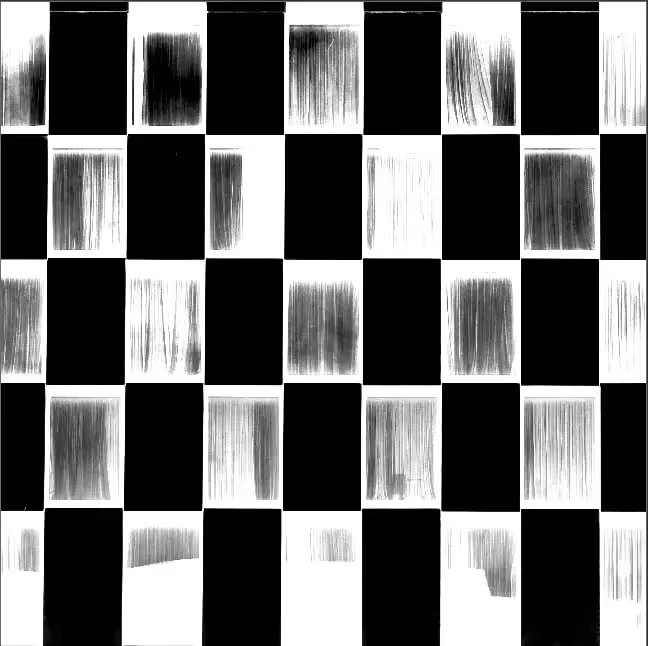
Enable “Use Nodes” on the spotlight and in the shader editor, add an image texture node and connect it to the input of the light’s Emission shader.
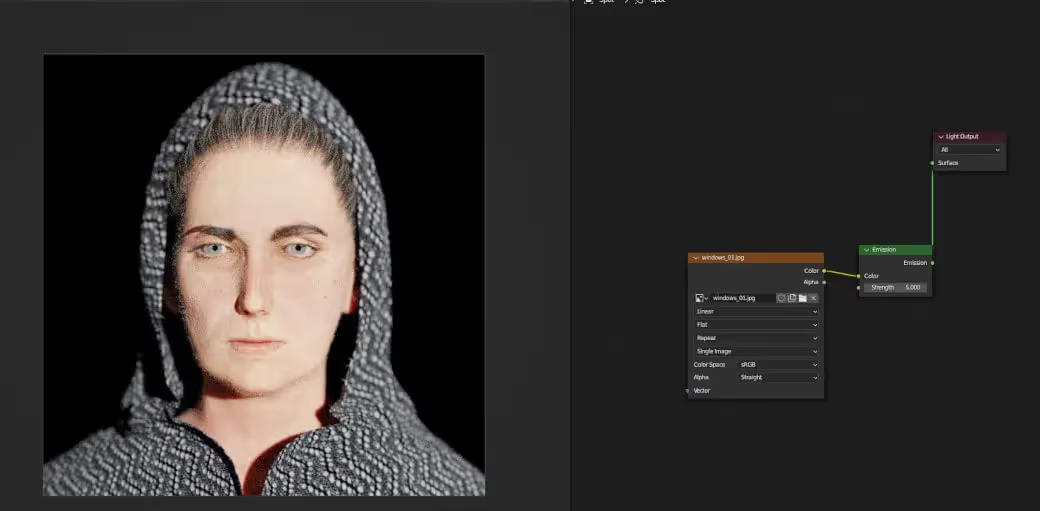
For finer control, add a Vector>Mapping node and an Input>Texture Coordinate node as shown below:

Changing the scale values on the mapping node will control how the texture repeats.
Changing the values of the spotlight’s Radius parameter will affect the hardness of the Gobo shadows.
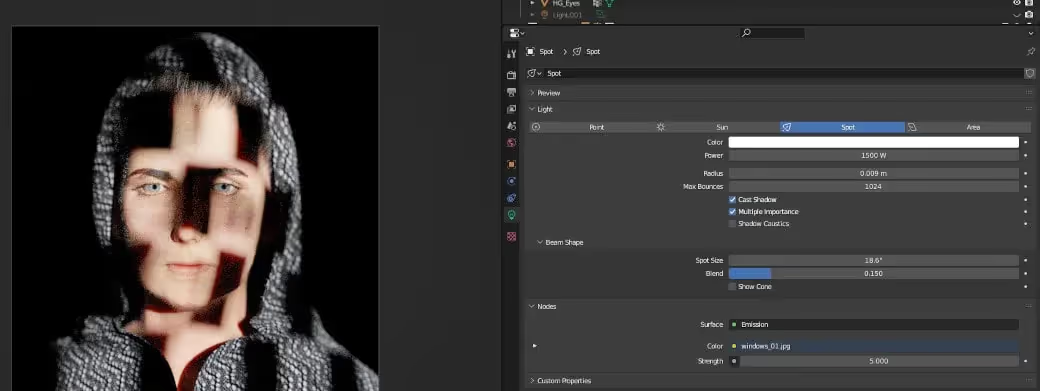
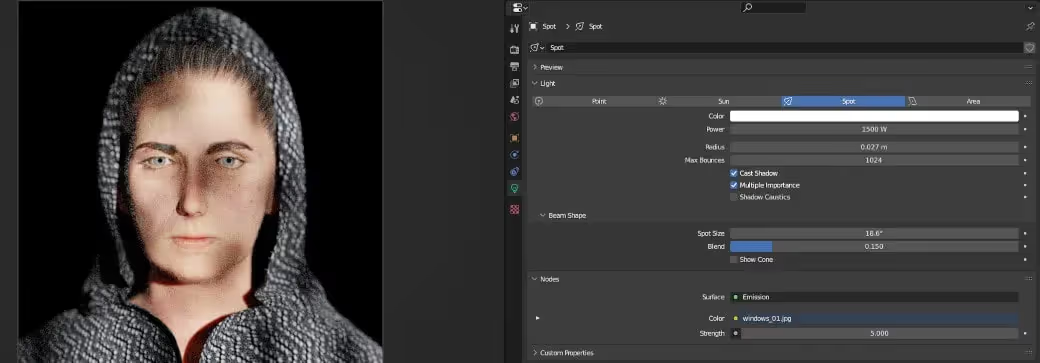
Gobo lights can be used subtly to add a sense of realism and believability to a 3D render. Simulating light passing through obstacles, in general, can create a sense of depth and spatial awareness in the render, making it feel more like a real environment.
Gobo lights can also be used to project subtle textures or patterns onto objects in the scene, such as the graining of wood or the texture of a stone wall. These subtle touches can help to add depth and detail to the render, making it feel more believable and realistic. Overall, Gobo lights can be a powerful tool for enhancing the believability of a 3D render, and when used effectively, they can help to create a more immersive and convincing environment.
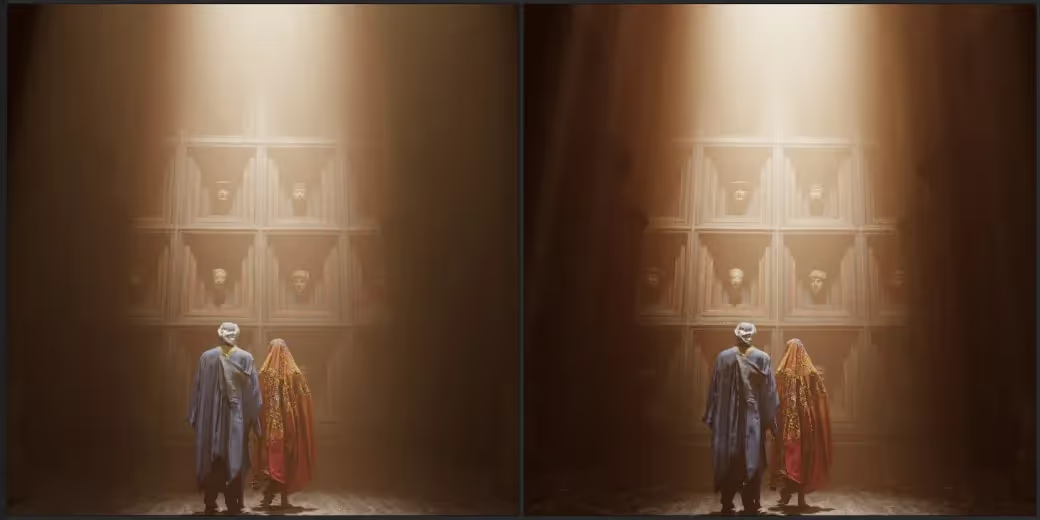
While there are no distinct shadow patterns that suggest the influence of Gobos in the example above, the play of different textures from the light sources on the right side render lends more visual interest to the image (in the writer’s humble opinion).
In conclusion, Gobo lights are a powerful tool in lighting design that can add atmosphere, depth, and practical effects to a scene. Whether used in physical lighting setups or simulated in 3D rendering, Gobo lights can help bring a production to life more engagingly and realistically.
By understanding the principles of Gobo light use and how they can be applied in different contexts, lighting designers and 3D artists can fully utilize the creative potential of Gobo lights to bring their visions to life. Whether you're just starting out in lighting design or are an experienced professional, Gobo lights are a valuable tool that can enhance your work in countless ways.